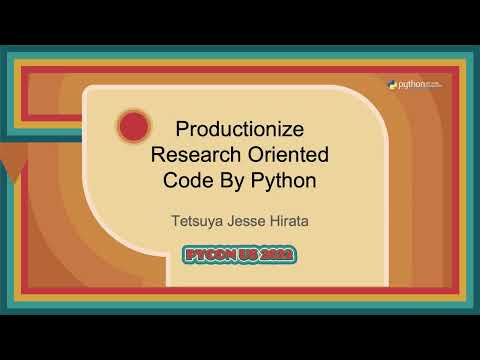Description:
Explore a 28-minute PyCon US talk by Tetsuya Jesse Hirata on transforming research-oriented Python code into production-ready applications. Learn a four-step process for productionizing code, including understanding through code reading and documentation, modularizing into preparation, pre/post-processing, and calculation components, refactoring with test code, and creating final products. Discover the key differences between research and production code, and gain insights on improving performance and monitoring behavior after deployment. Ideal for Python engineers involved in R&D, data science, AI/ML, or data-oriented projects seeking to bridge the gap between research and production environments.

Productionize Research Oriented Code by Python
Add to list
#Conference Talks
#PyCon US
#Programming
#Programming Languages
#Python
#Flask
#Data Science
#Data Preprocessing